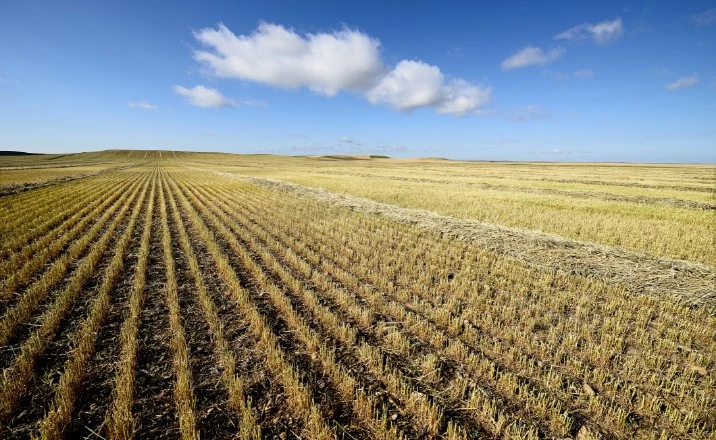
Low pH soil is soil with a pH below 6.6, where the level of acidity begins to affect soil function.
Low pH can result from several natural and human-influenced processes:
Read More: What Causes Low pH Soils in Western Canada?
Low pH affects crop growth through three main mechanisms:
Low pH disrupts soil aggregation, which is critical for structure and resistance to compaction:
Low pH disrupts soil aggregation, which is critical for structure and resistance to compaction:
Soil pH is a critical determinant of microbial composition:
H-Start is a mature, compost-based, pelleted soil amendment. It contains naturally occurring soil fungi and bacteria in a live, dormant state. It is adapted to thrive in low pH soils. Key benefits include:
Yes, H-Start can mitigate the structural degradation caused by low pH through:
If you’re dealing with low pH soils on your farm, H-Start can provide a sustainable path to more productive crops and healthier soil.
Contact us today to learn how H-Start can make a difference on your farm.